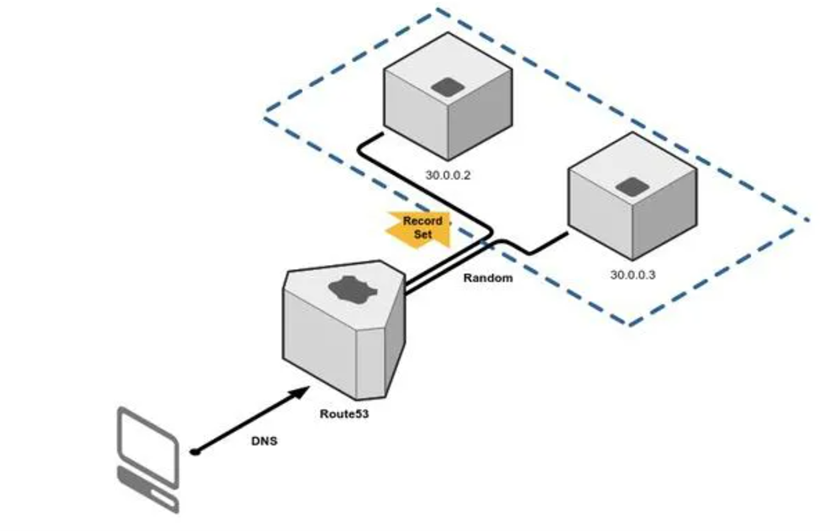Many friends who are new to networking feel headache when they hear the four words "policy - based routing". They think, "Is it very complicated? Is it as difficult as BGP or OSPF?"
In fact, it's not!
Today, I will take you to break it down - implementing policy - based routing on Huawei devices actually only has five steps! After learning, you can start hands - on practice immediately!
For more information, please scan the WhatsApp QR code below to contact customer service.

01 What is policy-based routing?
First, let's put it simply:
Policy-Based Routing (PBR for short) is to customize which path the traffic takes based on conditions such as "source address", "destination address", and "port number".
Traditional routing can only select routes based on the "destination address", while policy-based routing is like a "customized traffic navigation" that guides different traffic flows to different routes.
02 Typical application scenarios

• The enterprise network has two exits: Office Internet access goes through link A, and video conferencing goes through link B.
• The IP of a certain department or server goes through the dedicated line link.
• If the quality of one link is poor, it needs to be temporarily avoided.
• Manually share business traffic among multiple equivalent links.
03 In fact, policy - based routing only has five steps!
Let's take the most common scenario of "traffic from different network segments going through different next - hops" as an example to see how to configure it on Huawei devices:
The first step: Prepare static next – hops
Policy - based routing requires you to configure the target next - hops in advance. Otherwise, there will be "no way to go" after traffic is diverted.

The second step: Create an ACL to match the source address
We need to specify which source addresses will hit the policy, such as a certain department's network segment:

The third step: Define a classifier

The fourth step: Define a behavior
The behavior is: what should the traffic do after hitting? —— Which next - hop should it be redirected to.

The fifth step: Bind the policy to the inbound direction of the interface

Note: Policy - based routing can only be applied in the "inbound direction", that is, it is judged when data enters the device!
04 Understand the configuration structure at a glance
1 +---------------------------+
2 | Step | Configuration Content |
3 |---------------------------|
4 | First step | Static next - hop routing |
5 | Second step | ACL source address matching |
6 | Third step | Create classifier |
7 | Fourth step | Create action |
8 | Fifth step | Apply to interface inbound direction |
9 +---------------------------+
05 Quick troubleshooting of common problems
Q1: The configuration doesn't take effect after completion?
Please check:
• Is it applied to the correct interface inbound direction?
• Does the ACL hit? It is recommended to add log for verification;
• Is the next - hop reachable? You can use ping to verify;
That's all for our content today! Huawei policy - based routing is not actually difficult. As long as you master these five - step rules, you will be able to handle enterprise networks, egress control, and traffic optimization with ease!
For more PBR resources, follow the Facebook account & youtube account: Thinkmo Dumps


